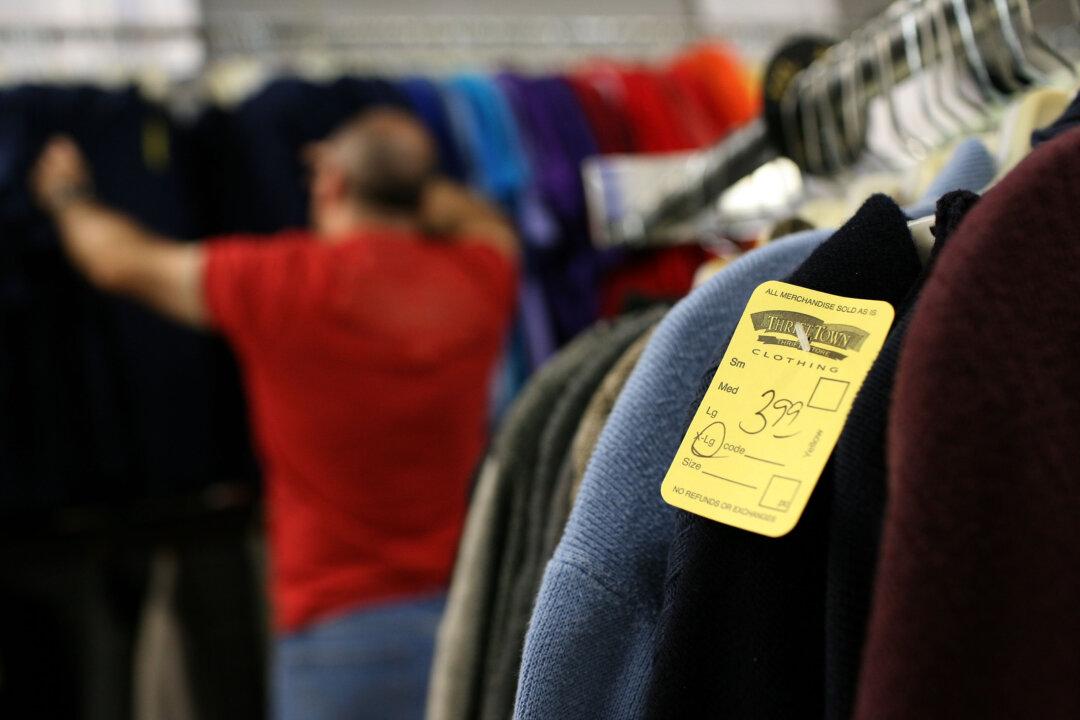Thinking of throwing your old clothes in the trash? In California, doing so may soon be a distant memory, after the state passed the nation’s first clothing recycling law.
Gov. Gavin Newsom on Sept. 28 signed Senate Bill 707, the Responsible Textile Recovery Act of 2024, which establishes the nation’s first “extended producer responsibility” textile recycling program.





